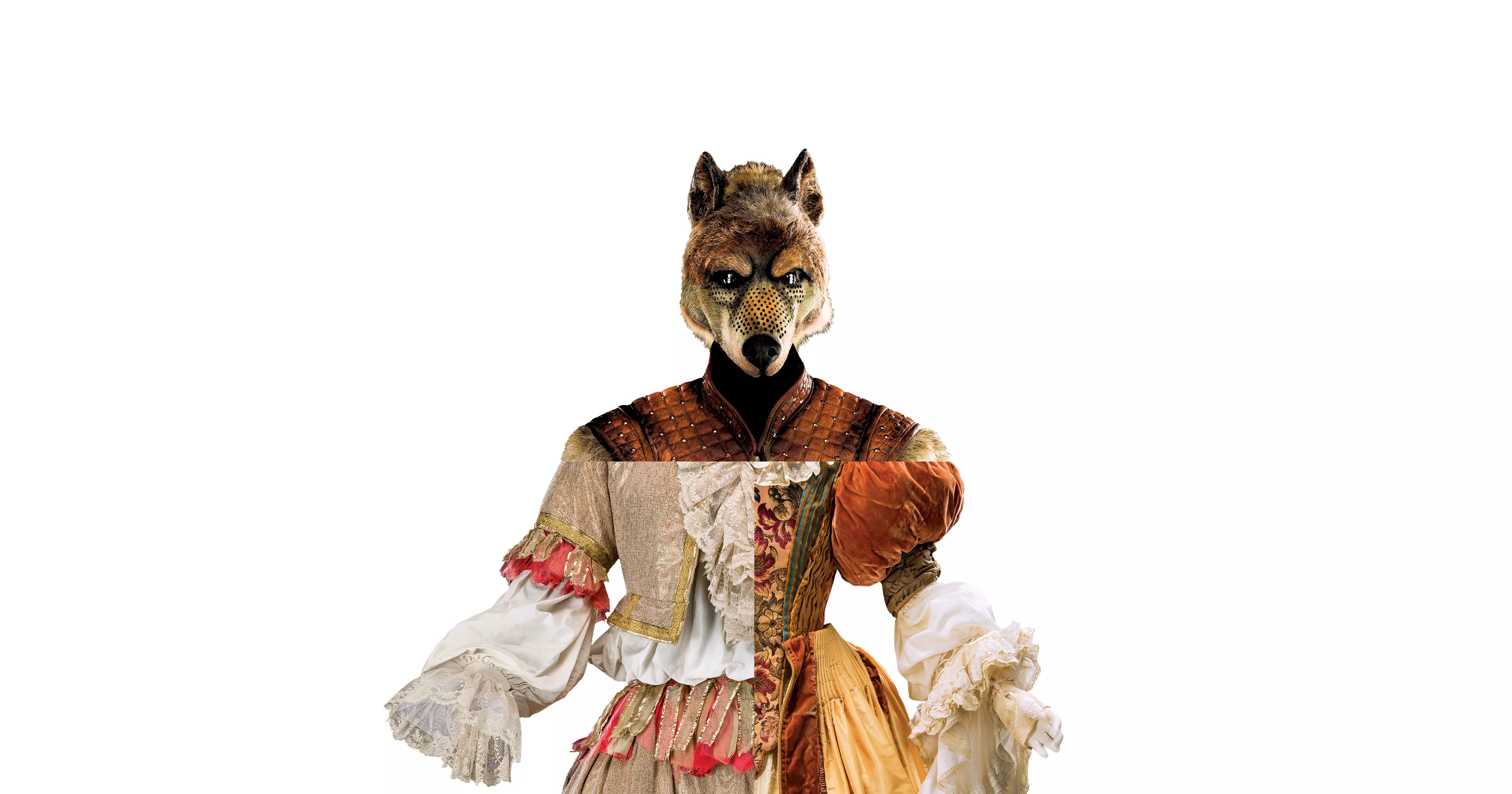Treasures from the Collections

The CNCS unveils a new permanent space
Alongside La Scène – a permanent space dedicated to scenography – and the collection focused on the dancer and choreographer Rudolf Nureyev, the CNCS will open a new permanent exhibition space on February 15, 2025, covering 180 m². Costumes, accessories, videos, models, textile samples, and illustrations will offer a pedagogical, sensitive, and sensory approach to unveil the treasures of the CNCS collections and provide insights into the history and specifics of stage costumes.
What is a stage costume?
Opera, theatre, dance, musical theatre, cabaret… With this new gallery, visitors will discover, through the CNCS collections, the richness and variety of costumes created for each performing discipline. A dramatic object, serving a text or narrative, the costume helps to define a character while providing the artist with a “second skin” to personify that role. The costumes presented will highlight key concepts such as interpretation, which is reflected in the artistic and temporal choices of the stage productions, responding to the diverse artistic styles deployed by costume designers.
A brief history of stage costumes through the CNCS collections
The preservation of stage costumes is a recent approach in museum and heritage collections. As such, there are significant gaps in tracing the history of costumes from their earliest appearances on stage. However, through around fifteen costumes from the CNCS collections, this gallery will provide an overview of the major developments in their forms and aesthetics. Iconic pieces, such as an authentic 18th-century costume worn on the stage of the Comédie-Française, costumes from the opening ceremony of the Paris 2024 Olympics, and a rare piece from the creation of Aida when it entered the repertoire of the Paris Opera, along with a haute couture costume for Lady Macbeth by Thierry Mugler, are some of the milestones in this ever-evolving and reinterpreted narrative.
Various educational elements will complement these spaces, explaining the stages of costume creation, their preservation processes, and how they are valued at the CNCS.